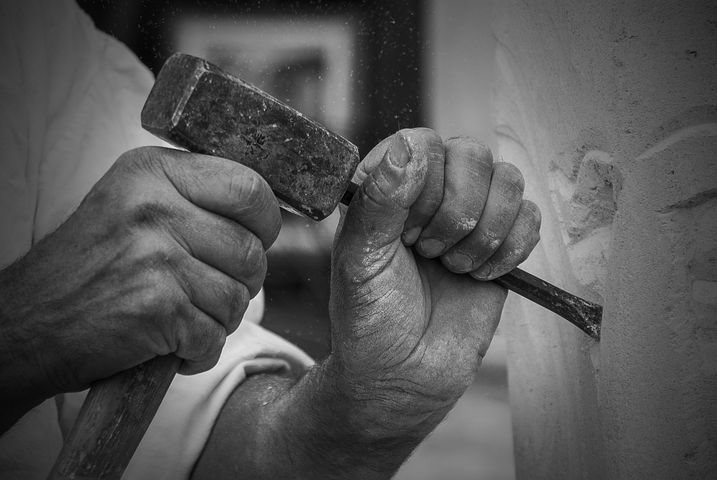Chelsea Flower Show 2022
The Chelsea Flower Show is one of the most popular events in England. It’s a showcase of the newest and most innovative flower arrangements, landscaping techniques, and garden designs. It attracts guests from all over the world, who come to view not just the flowers but the latest in horticultural innovation and design.
As one of the most highly anticipated events in the landscaping calendar, and we are always excited to see the latest garden designs. This year, we were particularly inspired to see what creative ways they come up with to incorporate stone.
Here at Hanbeck Natural Stone, we understand the importance stone can make to your garden- a sharp, ugly edge can really take away from the beauty of your plants & flowers.
Lincolnshire Limestone has been used to create some of the most iconic landscaping features in England, and we are proud to have supplied it for many of our previous projects. Our stone has been used on prestigious projects such as Lincoln Cathedral, Norwich Cathedral and the Peterborough Cathedral.
Our stone is also popular with stone masons and other craftsmen thanks to its easy workability. Lincolnshire Limestone can be used to create a variety of beautiful landscaping features, from walls and patios to sculptures and fountains, and with its timeless quality you’ll always have an amazing garden you can sit back and relax in. If you’re looking for a material that will stand the test of time, our stone is an excellent choice.
The Chelsea Flower Show has inspired us here at Hanbeck Natural stone and we are in awe of their magnificent garden displays. We are proud as a Stone Producer to be able to supply a top quality product.
What did you think of the Chelsea Garden show? Have you been inspired as well? Let us know in the comments or through our social media platforms!









